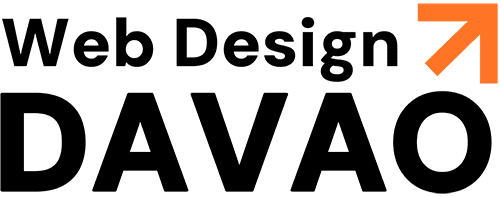It seems that 2019 is well and truly here now, with January 2019 being in the past already, and we are all likely feeling a little overwhelmed with just how fast time seems to be passing by. It would appear that this sentiment is being widely felt by the masses, as can be heard many cafes, restaurants and all over social media feeds this month. While this may be a shared feeling amongst the masses, those few that work within social media advertising are feeling it with a little more intensity than most.
With all the #10yearchallenge posts that are trending currently amongst many of your friends on Facebook, we felt it appropriate to do a quick then versus now of social media advertising abilities, which surprisingly highlights just how quickly trends are changing.
Then
Many may not realise that in 2009 Facebook was only three years after the introduction of Facebook advertising as a service offering on their platform, being a pioneer and one of the first in the social media industry to allow businesses to market directly to a social media user. It wasn’t until 2010 that Twitter started to advertise on their platform and were followed in 2013 by Instagram and Pinterest. Snapchat made the decision to include marketing on their platform in 2014, but by that point Facebook had already secured the top spot for advertising on a social media platform.
It is also newsworthy that in 2009 Facebook and Twitter had really started to make a significant impact to culture all over the world, Instagram and Snapchat, had not yet been introduced to the market at that point.
Now
Over the past decade, the data captured on social media platforms have assisted platforms like Facebook to drill down and pinpoint users most likely to interact with your products or services, and provided advertisers the advanced tools to accurately report on how an audience engages with an advertisement. This has allowed for many advertisers to utilise the provided tools from social media platforms to use the audience data and really target marketing to a more niche audience in a far more targeted way then ever before; yielding far better results.
With all the recent enquiries that have been conducted in the public eye, it is common knowledge amongst users that users are consenting to their information being used for these data collection purposes and allowing for that data to be used for targeted marketing by advertisers. Basically the information a users inputs into their personal profile is allows the platform to better profile you, that in turn offers advertisers a much more precise way to target customers with marketing, and surprisingly most users not only agree to this but actually like that their news feed has marketing that is targeted to them.
Targeting your ideal customers
In 2009 many people most likely felt that social media was possibly going to be just another fad, but social media has cemented its place in popular culture the world over in today’s modern and fast paced world. This has also allowed for businesses of all sizes to use that popularity and world wide acceptance of the use for social media, to gain greater insights into these platforms audiences. This data when utilised appropriately, allows businesses to interact in a more meaningful way with their customers and to test products and services with new potential customers.
Top tips to best target your ideal customers on social media:
1. Know your audience
Many businesses tend to overlook the need to understand their audience and their personas, that means they are missing out on the knowledge about the attributes of the people they plan to advertise to. Imagine if you already had that information, you could use that data to create a more targeted and meaningful ad that may actually yield much better results. We recommend that businesses conduct brainstorming sessions where they think about what an ideal customer looks like, then include a few potential customers to that session to see if opinion of an ideal customer is accurate.
Focus on what would an ideal customers challenges be, what demographic, age, location, gender or interests would they have? All of this data will assist a business to generate the persona or personas of the ideal customer, once that information is gathered it can be used to target marketing on social media platforms. Many businesses tend to conduct multiple campaigns that are targeted to different audiences, but that all starts with understanding your target audiences.
2. Remarketing
Like most good salespeople say, look for the “low hanging fruit”. The best way to describe remarketing is as your low hanging fruit strategy. In many cases the best target for your marketing are those that you know have already been looking at what you have to offer. Remarketing allows you to target offers to users who have previously visited your business’s website or ads, by showing your ads to them in multiple places for a period of time, kind of reminding them that they were interested previously.
3. Look-a-like Audiences
Lookalike Audiences is a great strategy for businesses that are wanting to expand their current customer base and want to target a very specific type of customer, it allows for reaching people with highly specific profiles. This is typically achieved by generating audiences that match existing targets and is used to build an audience that has similar interests.
In the event that a business does not have an existing list or perhaps enough Facebook fans, it is advised to create a Lookalike Audience by using a tracking pixel to create a Website Custom Audience that can be mirrored. This then allows for an audience to be made smaller or larger, more or less specific to either narrow or expand the reach of your marketing.
Web Design Davao is a Philippines based Social Media advertising Agency working with clients to find their target audience, increase traffic, and convert targets to customers. Contact us today to discuss how we can help you target and convert the right customers.




